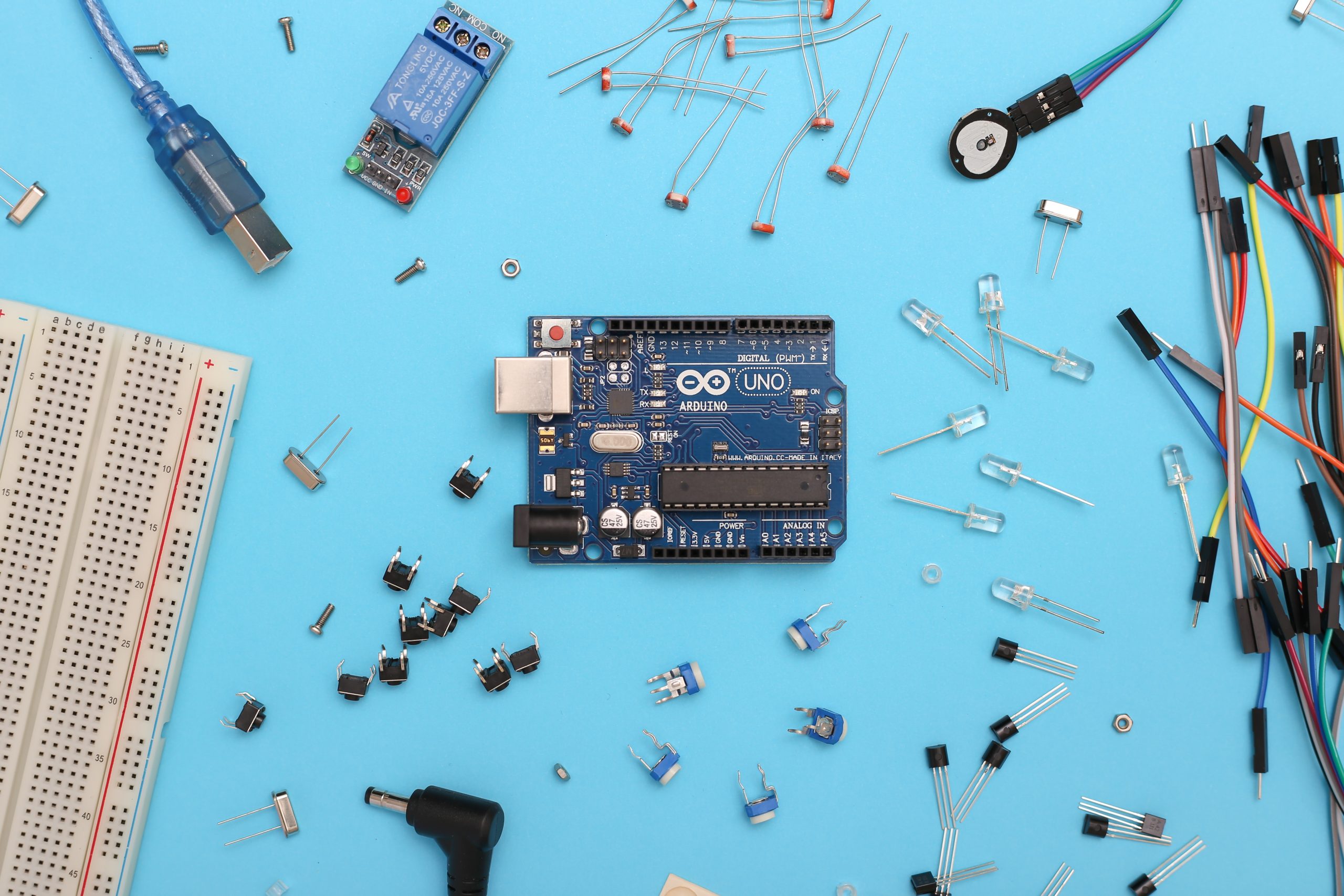The global shortage of semiconductors has been a hot topic in the news lately, with supply chain disruptions and increasing demand leading to a shortage of crucial components used in electronics manufacturing. The United States, in particular, has been hit hard by this shortage, with the Biden administration making it a priority to address the issue.
One of the key challenges in the semiconductor industry is the shortage of skilled technicians. The complexity of modern chip manufacturing requires highly skilled workers who can operate and maintain the sophisticated machinery used in the production process. However, the supply of qualified technicians has not kept pace with the demand, leading to a shortage of workers in this critical field.
To address this challenge, the United States is encouraging partnerships between companies, educational institutions, and government agencies to increase the number of skilled technicians in the chip industry. These partnerships are aimed at developing training programs that can provide workers with the skills needed to enter the industry and meet the growing demand for semiconductor components.
One such partnership is the Semiconductor Workforce Development Program, which is funded by the National Science Foundation and aims to increase the number of skilled workers in the semiconductor industry. The program provides funding for training programs at community colleges and universities, as well as for research projects aimed at improving semiconductor manufacturing processes.
Another example is the National Technology Manufacturing Hub, which was established by the Department of Defense in 2014 to support research and development in the semiconductor industry. The hub brings together industry, government, and academic partners to develop new technologies and processes that can improve the efficiency and productivity of semiconductor manufacturing.
In addition to these partnerships, the United States is also taking steps to encourage domestic semiconductor manufacturing. In February 2021, President Biden signed an executive order aimed at increasing the domestic production of semiconductors and reducing the country’s dependence on foreign suppliers. The order calls for the establishment of a review of supply chain vulnerabilities in key sectors, including the semiconductor industry, and for the development of strategies to address these vulnerabilities.
The shortage of skilled technicians in the semiconductor industry is not limited to the United States. Other countries, such as Japan and South Korea, are also facing similar challenges. In response, these countries are also taking steps to increase the number of skilled workers in the industry.
In Japan, for example, the government has launched a program to train more than 80,000 technicians in the semiconductor industry by 2025. The program includes support for training programs at universities and vocational schools, as well as for on-the-job training programs.
Similarly, in South Korea, the government has launched a program to train 30,000 technicians in the semiconductor industry by 2025. The program includes funding for training programs at universities and vocational schools, as well as for research and development projects aimed at improving the efficiency of semiconductor manufacturing.
Despite these efforts, there are still challenges to be addressed in the semiconductor industry. The shortage of skilled technicians is just one of many issues facing the industry, with supply chain disruptions, geopolitical tensions, and the ongoing COVID-19 pandemic all contributing to the challenges faced by manufacturers.
However, by encouraging partnerships between industry, academia, and government agencies, and by investing in training programs and research and development, the United States and other countries are taking important steps to address these challenges and ensure a steady supply of semiconductors in the years to come.
In conclusion, the shortage of skilled technicians in the semiconductor industry is a significant challenge that is being addressed through partnerships between industry, academia, and government agencies. The United States and other countries are investing in training programs and research and development to ensure a steady supply of skilled workers in this critical field. While there are still challenges to be addressed in the industry, the efforts being made to address the shortage of skilled technicians are an important step towards ensuring a stable and reliable supply of semi conductor.




